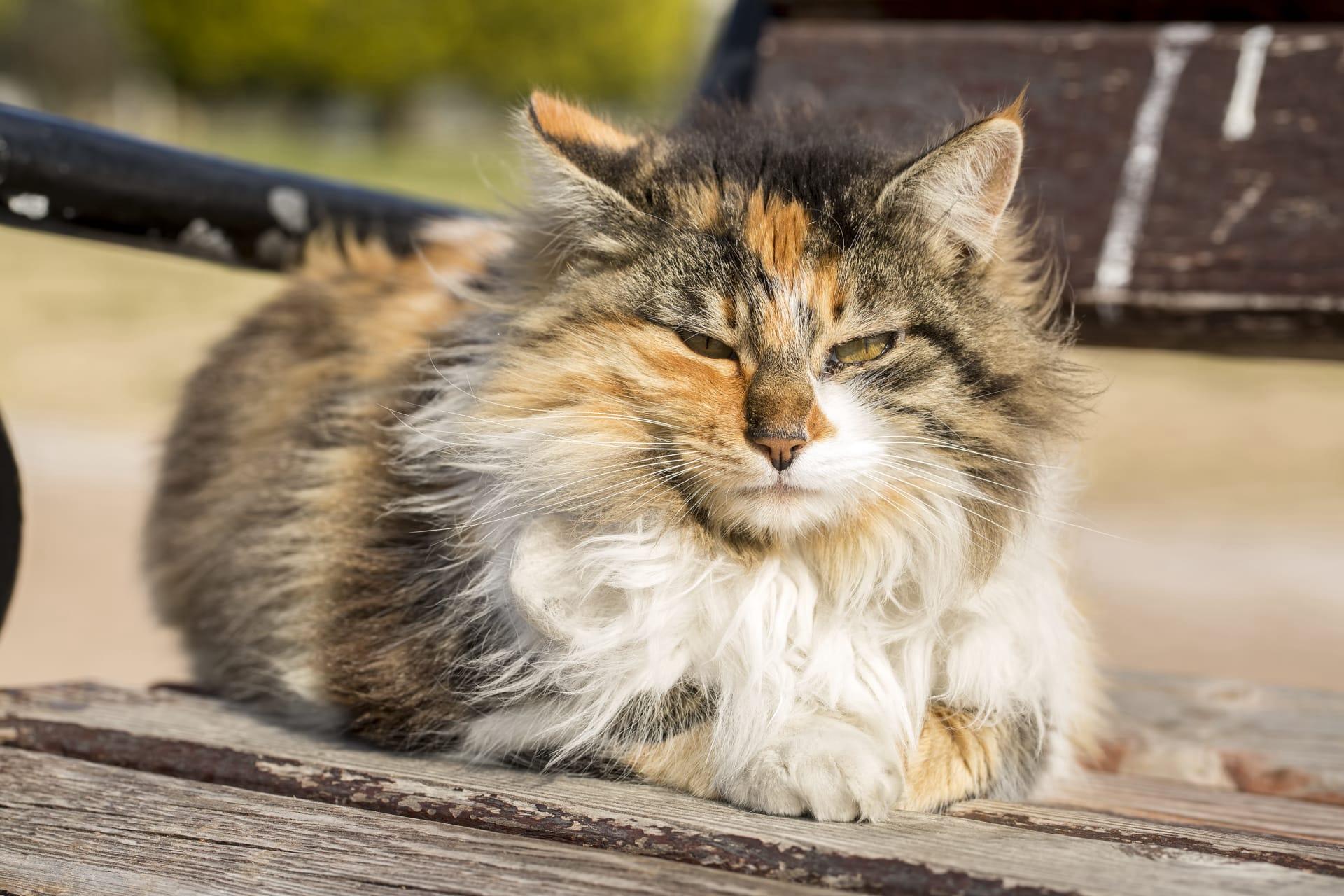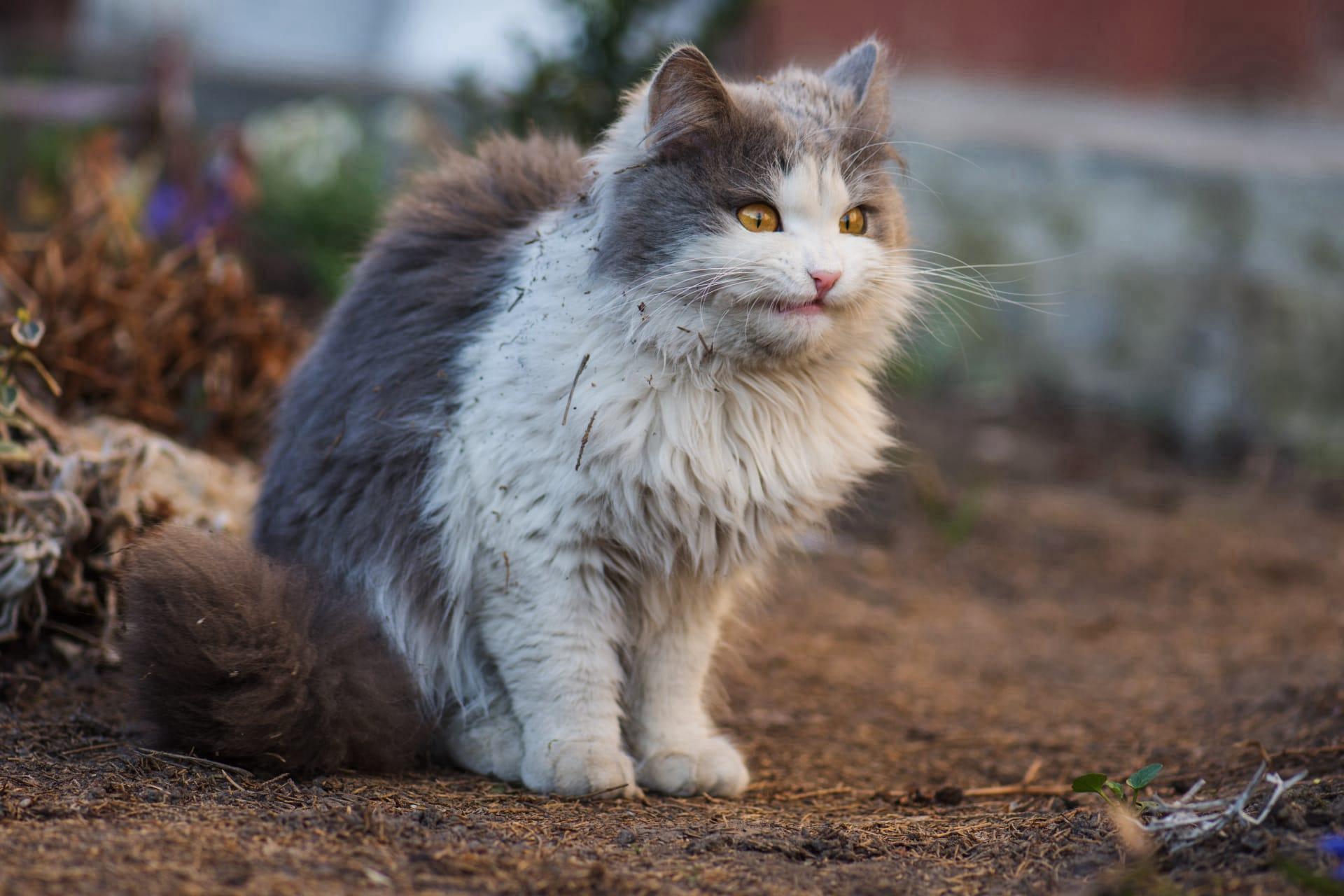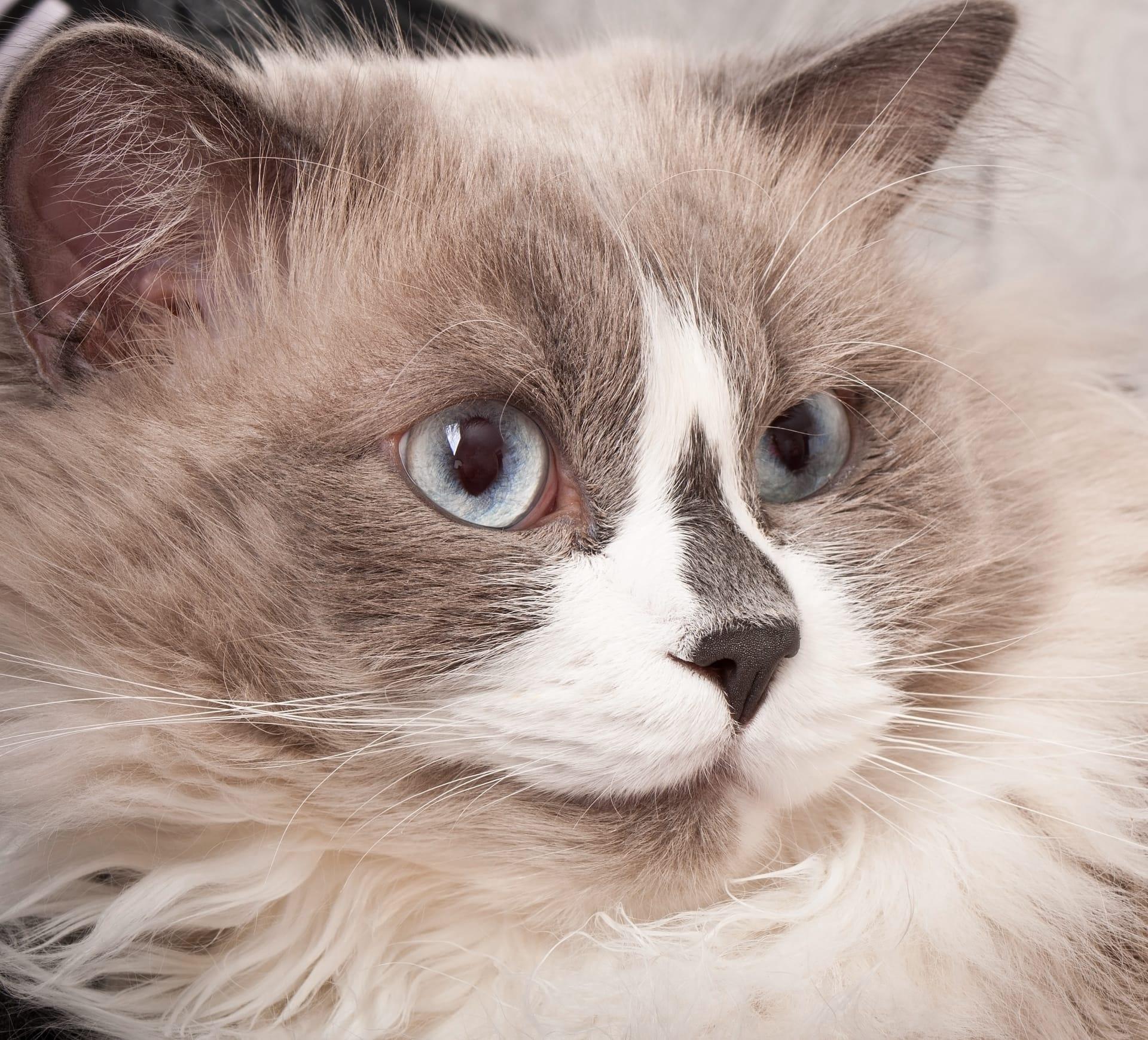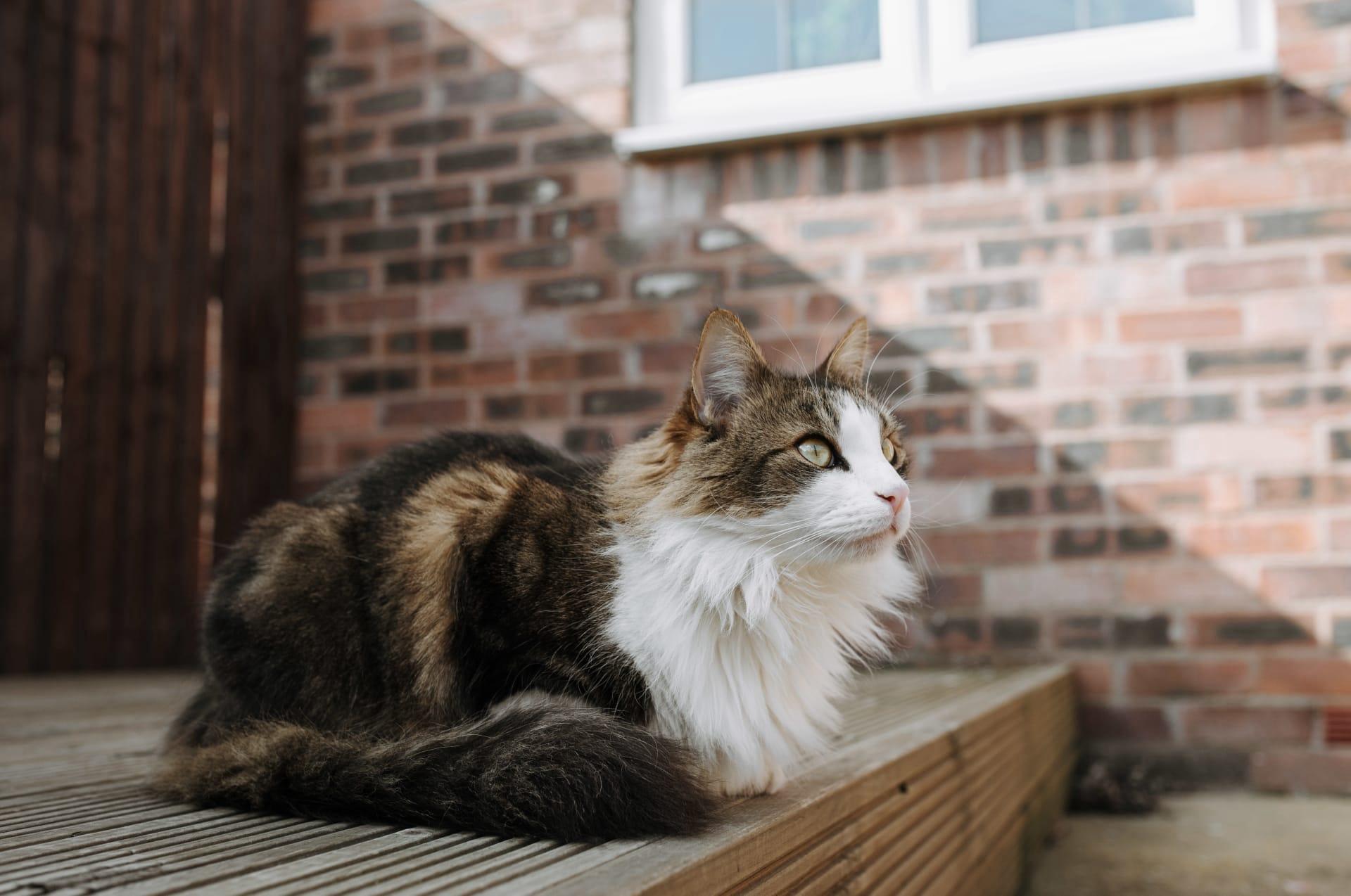1
The Cymric Cat, a breed known for its distinctive tailless appearance, showcases a genetic mutation that traces back to the Isle of Man. This mutation, occurring naturally, results in a range of tail lengths from complete absence to a short stump, offering a unique silhouette that sets them apart in the feline world. Not just a quirky feature, the gene responsible for their taillessness, termed the 'Manx gene,' is dominant, meaning that if one parent carries the gene, there's a significant chance the offspring will inherit the tailless trait. This characteristic, while charming, requires careful breeding practices to ensure the health and well-being of Cymric kittens, as it can be associated with spinal issues.
The Cymric Cat's coat is another marvel, boasting a dense, plush double layer that varies across a spectrum of colors and patterns. This luxurious fur is not just for show; it serves a practical purpose, providing insulation and protection. Originating from a cool climate, their coat is ideally suited to keep them warm. The undercoat is soft and thick, trapping air to maintain body warmth, while the outer coat adds a water-resistant layer. Grooming a Cymric can be a delight, as their coat does not mat easily, but regular brushing is recommended to keep it in prime condition. Despite their robust appearance, Cymrics are agile and active, often surprising with their dexterity and playfulness.

2
Cymric Cats are renowned for their sociable and affectionate nature, often forming strong bonds with their human companions. They possess a gentle and patient demeanor, making them excellent pets for families with children and other animals. Cymrics are known to follow their owners around the house, displaying a dog-like loyalty and a desire for interaction. Their vocalizations are soft and chirpy, often used to communicate with their humans, whether it's a greeting at the door or a gentle reminder that it's time for dinner. This interactive nature makes them not just pets, but cherished members of the family.
Despite their lack of a tail, Cymric Cats are exceptionally balanced and agile. They excel in activities that involve jumping and climbing, showcasing an elegance and finesse that belies their compact build. This agility is complemented by a keen intelligence, with many Cymrics displaying problem-solving abilities and a curiosity about their environment. They are adept at learning tricks and commands, often participating in interactive play that challenges their mental and physical skills. Their playful yet graceful nature makes them a delight to watch and engage with, providing endless entertainment and companionship.

3
The Cymric Cat's heritage is shrouded in myth and legend, with tales suggesting they arrived on the Isle of Man aboard Viking ships, serving as rodent control. This historical association hints at their long-standing relationship with humans and their prowess as hunters. Despite their domesticated status, Cymrics retain a keen hunting instinct, often displayed in their play behavior. They excel in games that mimic hunting activities, such as chasing toys or interactive play with feather wands. This instinctual behavior not only provides them with physical exercise but also satisfies their natural hunting urges, keeping them mentally stimulated.
Unique among many breeds, the Cymric Cat exhibits a wide range of tail lengths due to the variability of the Manx gene. This range includes the 'rumpy,' with no tail whatsoever, to the 'longy,' which has a tail almost as long as that of a typical cat. Between these extremes lie the 'rumpy riser,' with just a hint of a tail, and the 'stumpy,' sporting a small, often curved tail. This genetic diversity within a single breed adds to the Cymric's charm, offering a variety of appearances within the same affectionate and intelligent personality. Breeders often seek specific tail lengths for show purposes, but all variations are equally cherished as companions.

4
The Cymric Cat's robust health is notable, with a lifespan that can extend up to 15 years or more with proper care. This longevity is attributed to their hearty genetic makeup and active lifestyle, which helps maintain their physical and mental health. However, the breed is predisposed to certain genetic conditions, such as spinal issues related to their taillessness and a potential for arthritis as they age. Responsible breeding practices are crucial to minimizing these risks, along with regular veterinary check-ups to monitor their health. A balanced diet, regular exercise, and plenty of love and attention are key to ensuring a long, happy life for a Cymric.
Internationally, the Cymric Cat is recognized and appreciated for its unique appearance and endearing personality. However, it's important to note that not all cat registries distinguish the Cymric from its short-haired counterpart, the Manx. In some circles, they are considered the long-haired variety of the Manx rather than a separate breed. This classification does not diminish their distinctiveness; instead, it highlights the shared heritage and characteristics that make both the Manx and the Cymric beloved by cat enthusiasts around the world. Their history, combined with their engaging personalities and striking looks, makes them a fascinating subject for anyone interested in the diversity of the cat world.

5
Despite their solid and sometimes stocky appearance, Cymric Cats are known for their surprisingly soft and gentle disposition. They tend to have a mellow temperament, enjoying relaxed environments where they can be close to their human companions. This makes them well-suited to indoor living, where they can lounge and play in safety. Their adaptability to home life does not mean they lack adventure; Cymrics are curious and will often seek out cozy hiding spots or vantage points from which to observe their surroundings. Their preference for serene settings does not dampen their playful spirit, evident in their lively bursts of energy, especially during interactive play sessions with their favorite people.
The Cymric's contribution to the genetic pool of tailless cats is invaluable, not just for their own breed but for the study of genetics in domestic animals. Research into the Manx gene that causes their taillessness provides insights into how genetic mutations can lead to physical traits and how these can be inherited across generations. This research is not purely academic; it has practical applications in understanding and managing health conditions related to genetic mutations. The Cymric, with its blend of unique physical traits and engaging personality, serves as a fascinating example of nature's variability and the complex relationship between genetics and health in domestic animals.